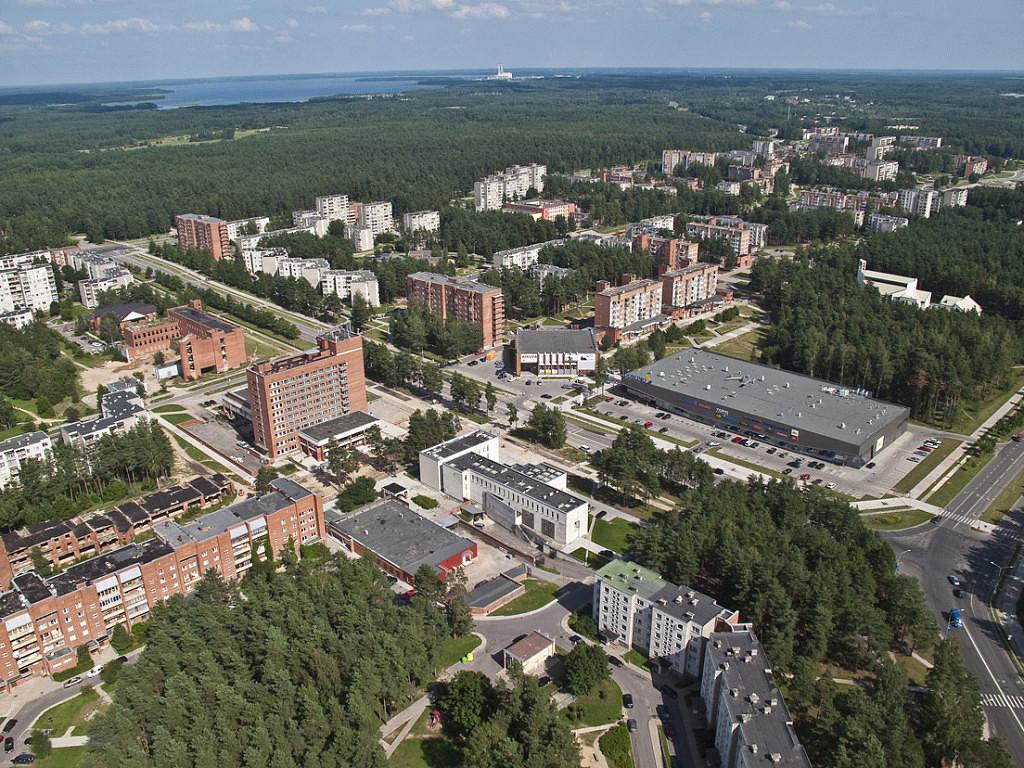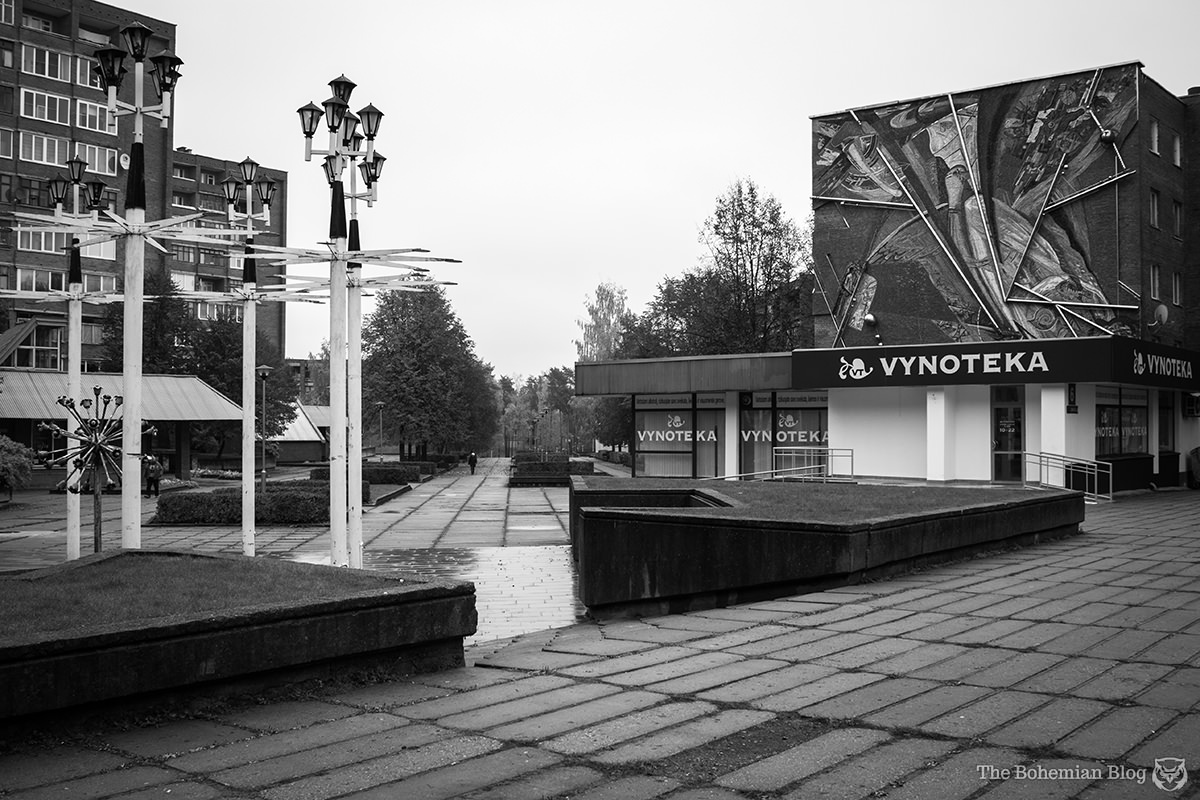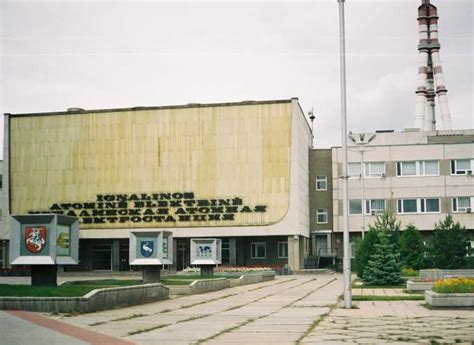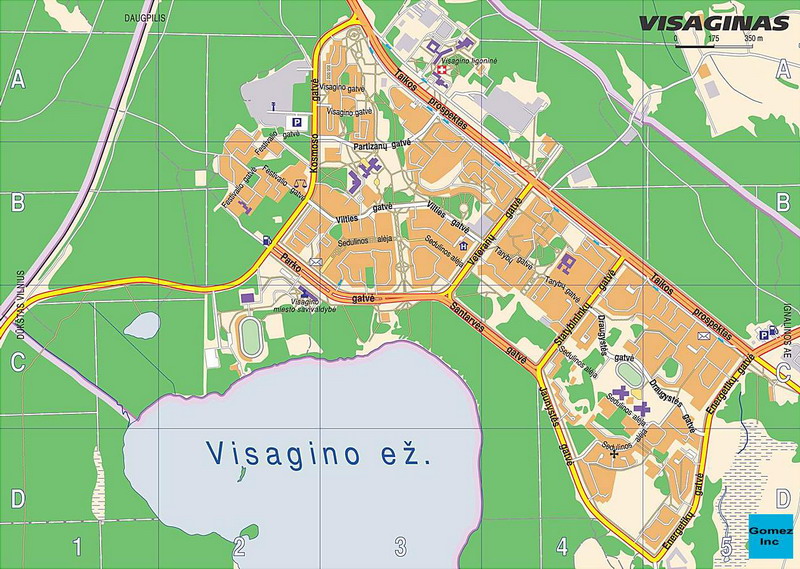|
|
Visaginas (Sniečkus), Lithuania, Europe |
|
|
|
|
|
|

Visaginas overview with
power plant in the
background
source: www.booking.com

Streetscape
source: thebohemianblog.com

source: wikipedia

Geigerteller
source: Pinterest
.jpeg)
Typical housing blocks.
source: Wikimedia commons
|

It was founded in place of four villages, which were demolished, and the largest of those villages was known as Visaginas. In 1977 it was granted the status of a town. In 2009 the nuclear power plant was officially shut down.
In 1974 the USSR started building the Ignalina nuclear power plant on the banks of the largest lake of Lithuania, Drūksiai, which provided cooling water for the plant. Nearby, a New Town was built the house the families of the approximately 5000 workers in the power plant. Villages on the site were razed and the town (then called 'Snieckus') was built. After Soviet times the town was named Visaginas after one of the previous villages.
Because of the similarities of the power plant with that of Tschernobyl, it was closed down in several phase between 2004-2009.
As most workers were Russian, this is still the majority of the population and Russian is the main language in the town. The population in the town is shrinking. In 1996 there were still 33.000 inhabitants, in 2020 it's only 18.000 people.
source: INTI
https://www.4cities.eu/putting-a-forgotten-post-nuclear-town-back-on-the-map/ |
|
2008 - 2024 disclaimer
|

